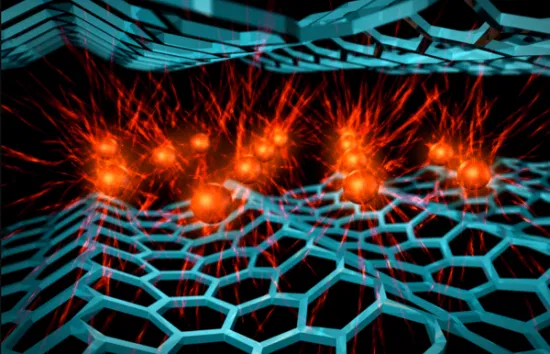
Breaking News
 Prominent Ukrainian Politician Assassinated In Broad Daylight On Streets Of Lviv
Prominent Ukrainian Politician Assassinated In Broad Daylight On Streets Of Lviv
 "We're Losing Our Community": Short-Term Rentals Are Ruining Three Rivers, Residents S
"We're Losing Our Community": Short-Term Rentals Are Ruining Three Rivers, Residents S
 Former CDC Vaccine Chief Demetre Daskalakis Who Resigns as Director of Immunization...
Former CDC Vaccine Chief Demetre Daskalakis Who Resigns as Director of Immunization...
 Blue Light's Shadow: A Weapon of Social and Technological Control | Elijah Schaffer
Blue Light's Shadow: A Weapon of Social and Technological Control | Elijah Schaffer
Top Tech News
 NVIDIA just announced the T5000 robot brain microprocessor that can power TERMINATORS
NVIDIA just announced the T5000 robot brain microprocessor that can power TERMINATORS
 Two-story family home was 3D-printed in just 18 hours
Two-story family home was 3D-printed in just 18 hours
 This Hypersonic Space Plane Will Fly From London to N.Y.C. in an Hour
This Hypersonic Space Plane Will Fly From London to N.Y.C. in an Hour
 Magnetic Fields Reshape the Movement of Sound Waves in a Stunning Discovery
Magnetic Fields Reshape the Movement of Sound Waves in a Stunning Discovery
 There are studies that have shown that there is a peptide that can completely regenerate nerves
There are studies that have shown that there is a peptide that can completely regenerate nerves
 Swedish startup unveils Starlink alternative - that Musk can't switch off
Swedish startup unveils Starlink alternative - that Musk can't switch off
 Video Games At 30,000 Feet? Starlink's Airline Rollout Is Making It Reality
Video Games At 30,000 Feet? Starlink's Airline Rollout Is Making It Reality
 Automating Pregnancy through Robot Surrogates
Automating Pregnancy through Robot Surrogates
 Grok 4 Vending Machine Win, Stealth Grok 4 coding Leading to Possible AGI with Grok 5
Grok 4 Vending Machine Win, Stealth Grok 4 coding Leading to Possible AGI with Grok 5
Physicists build "energy harvesting" circuit from graphene

Described in a paper published in the journal Physical Review E, the findings prove a theory the physicists developed at the U of A three yeas ago. This theory stated that freestanding graphene – a single layer of carbon atoms – ripples and buckles in a way that holds promise for energy harvesting.
"An energy-harvesting circuit based on graphene could be incorporated into a chip to provide clean, limitless, low-voltage power for small devices or sensors," said lead researcher Paul Thibado.
Controversial study challenges existing ideas
The research conducted by the U of A scientists has been rather controversial. The idea that freestanding graphene has potential energy-harvesting capabilities refutes a well-known assertation by physicist Richard Feynman that the thermal motion of atoms, known as Brownian motion, cannot do work.
However, the U of A researchers found that at room temperature, the thermal motion of graphene does induce an alternating current in a circuit – something previously thought impossible. In addition, the researchers found that their design increased the amount of power delivered. They stated that they found that the diodes' switch-like behavior actually amplified the power being delivered instead of reducing it. (Related: Energy from an unlikely source: A combination of microbes and graphene could make inexpensive and eco-friendly energy.)
"We also found that the on-off, switch-like behavior of the diodes actually amplifies the power delivered, rather than reducing it, as previously thought," said Thibado. "The rate of change in resistance provided by the diodes adds an extra factor to the power."
To prove that the diodes increased the circuit's power, the scientists on the project used a relatively new field of physics called stochastic thermodynamics. This field uses a family of stochastic or random variables to better understand the non-equilibrium dynamics present in many microscopic systems.

 HERE COMES THE MOTHERSHIP
HERE COMES THE MOTHERSHIP

